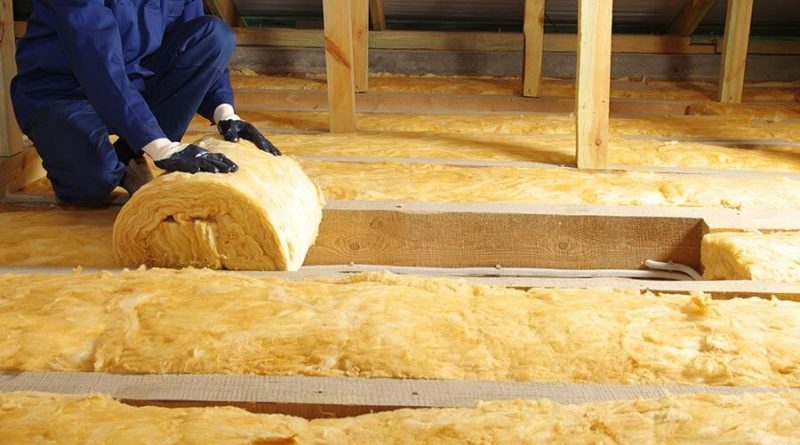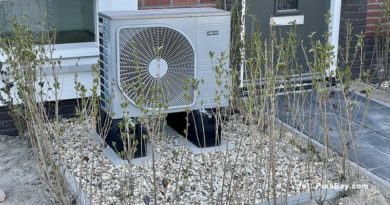Glass wool for insulation
Is glass wool for insulation a good choice?
How is glass wool for insulation made?
Is it worth investing in this insulation material?
Is glass wool for insulation a good choice?
We know very well how much energy we lose in our apartments through the upper surfaces – the roof. Statistically, it is about 30% of the escaping heat. If we want to gain comfort related to reducing heating bills, we should take care of installing insulation, starting from the roof. Before we tell you about the advantages of using glass wool insulation, let’s talk a bit about the process of heat “escaping”. We lose energy mainly due to the so-called. thermal bridges. This is nothing but shortcomings in insulation. We also lose heat through poor quality windows and doors. Our task is therefore to choose an additional material from which we will make insulation. The most popular material is mineral wool, which can be divided into rock wool and glass wool. We will focus on the latter in this article. Glass wool for insulation is certainly a good material.
How is glass wool for insulation made?
When it comes to the quality of glass wool and stone wool, it is comparable. What they differ in is primarily their properties and possibilities of use. We obtain glass wool from quartz sand, which we melt with a small admixture of gabbro, dolomite and limestone at a temperature of about 1000 degrees Celsius. Next, our raw material is defibrated. We add a binder to the obtained fibers, which is designed to merge and seal individual fibers. In addition to the function of insulating temperature, glass wool, thanks to its structure, also acts as protection against noise. Why? Therefore, because the mentioned fibers cause that any sound waves that would be between the fibers are immediately absorbed and dissipated.
Is it worth investing in this insulation material?
When it comes to heat insulation, glass wool is more effective than stone wool. We usually install glass wool insulation in structures that do not exceed 700 degrees Celsius. At higher temperatures, the material in question would begin to melt. Importantly, the binder has a much lower temperature tolerance. At 250 degrees Celsius, the binder melts, so we can conclude that the greater its amount, the worse the entire insulating structure absorbs heat.
Glass wool is similarly good at dampening unwanted sounds. The material in question is also characterized by good physical properties, considering that the product packed in a package takes up little space in transport. In addition, glass wool is resilient and takes up little space in transport. Glass wool insulation is best suited for insulating roofs and the ground, due to the high flexibility of the material and the ability to adapt to any surface. Good sound insulation is also a great advantage of glass wool. Glass wool for building insulation is therefore a great idea!




